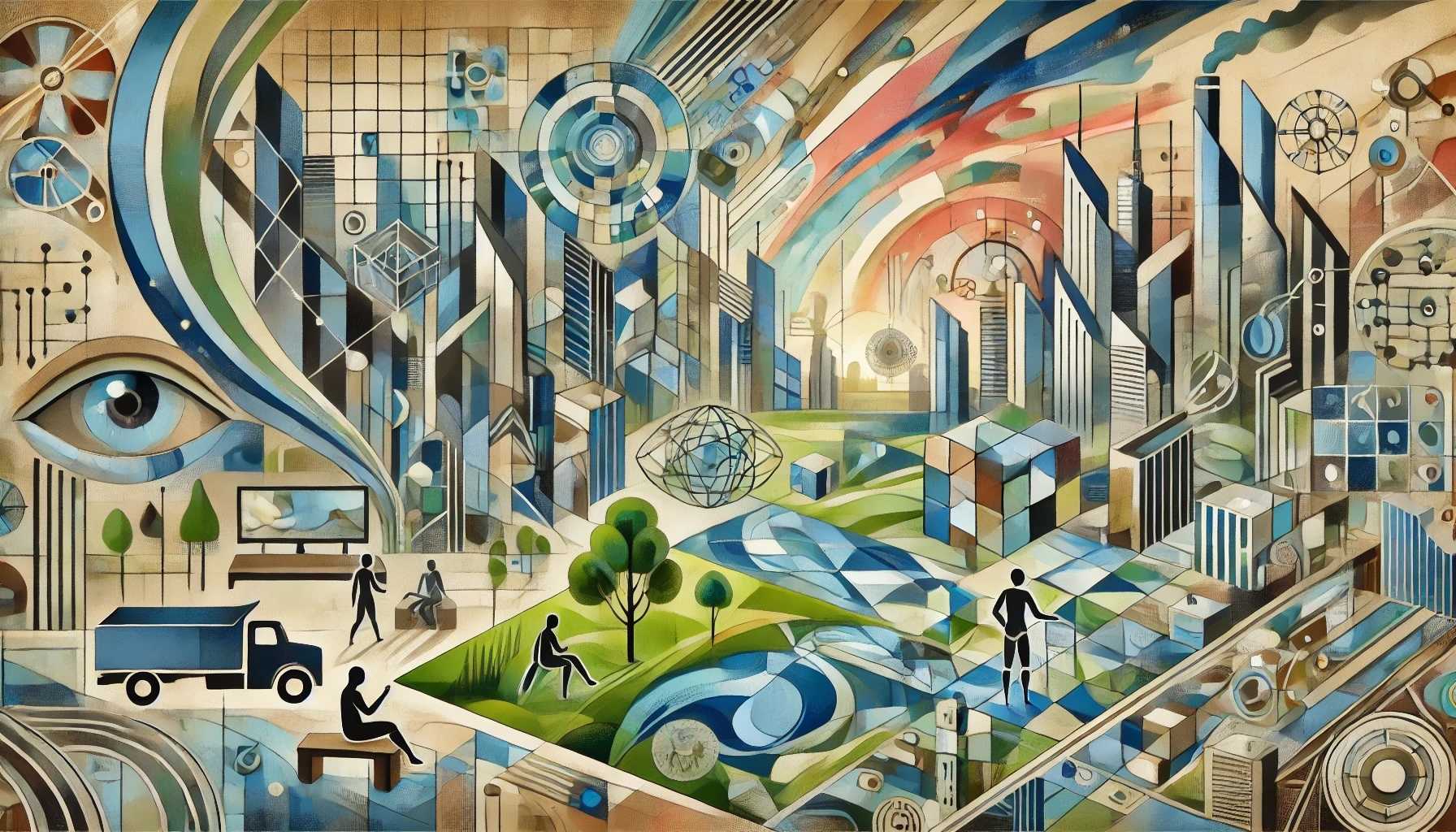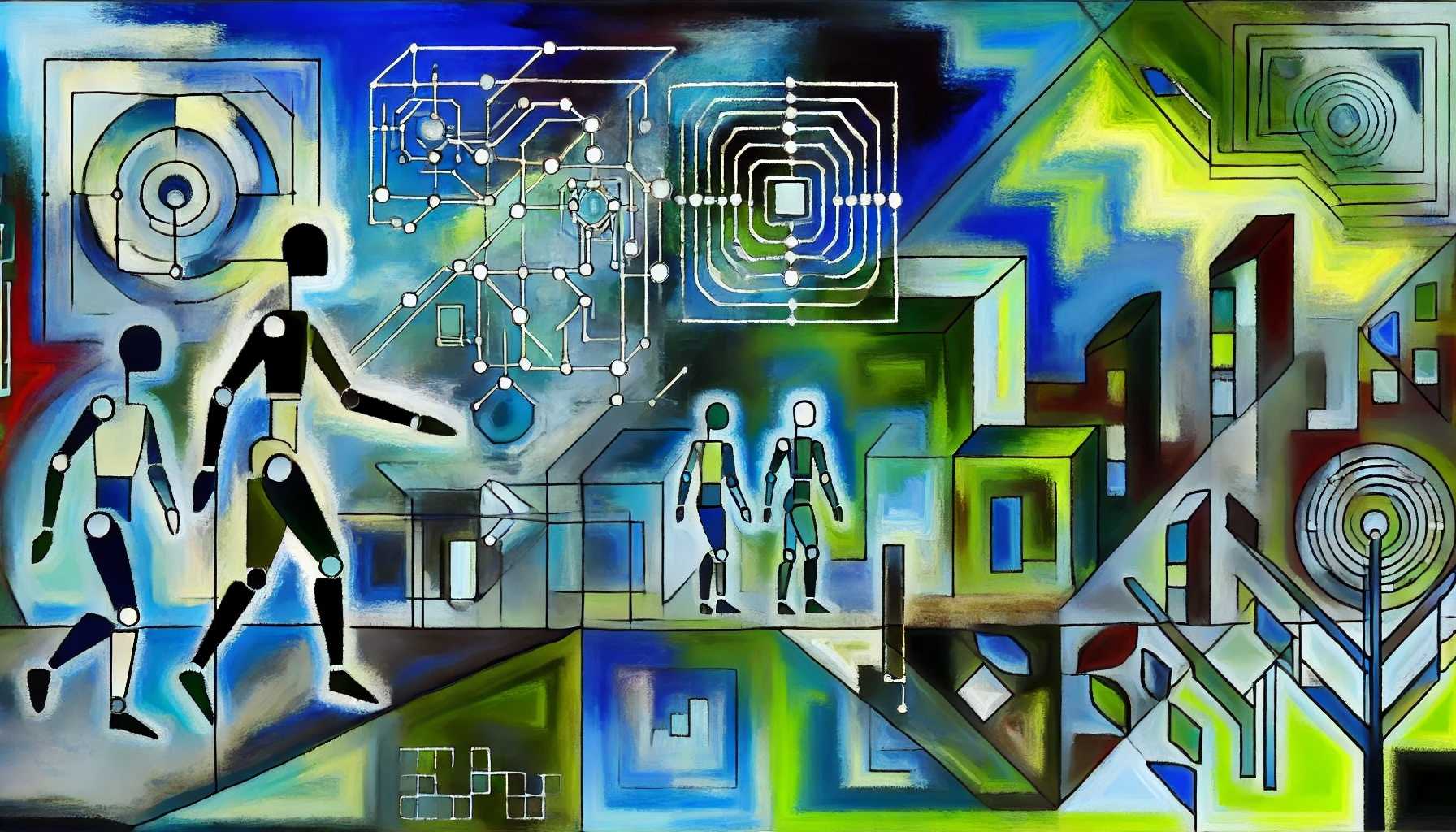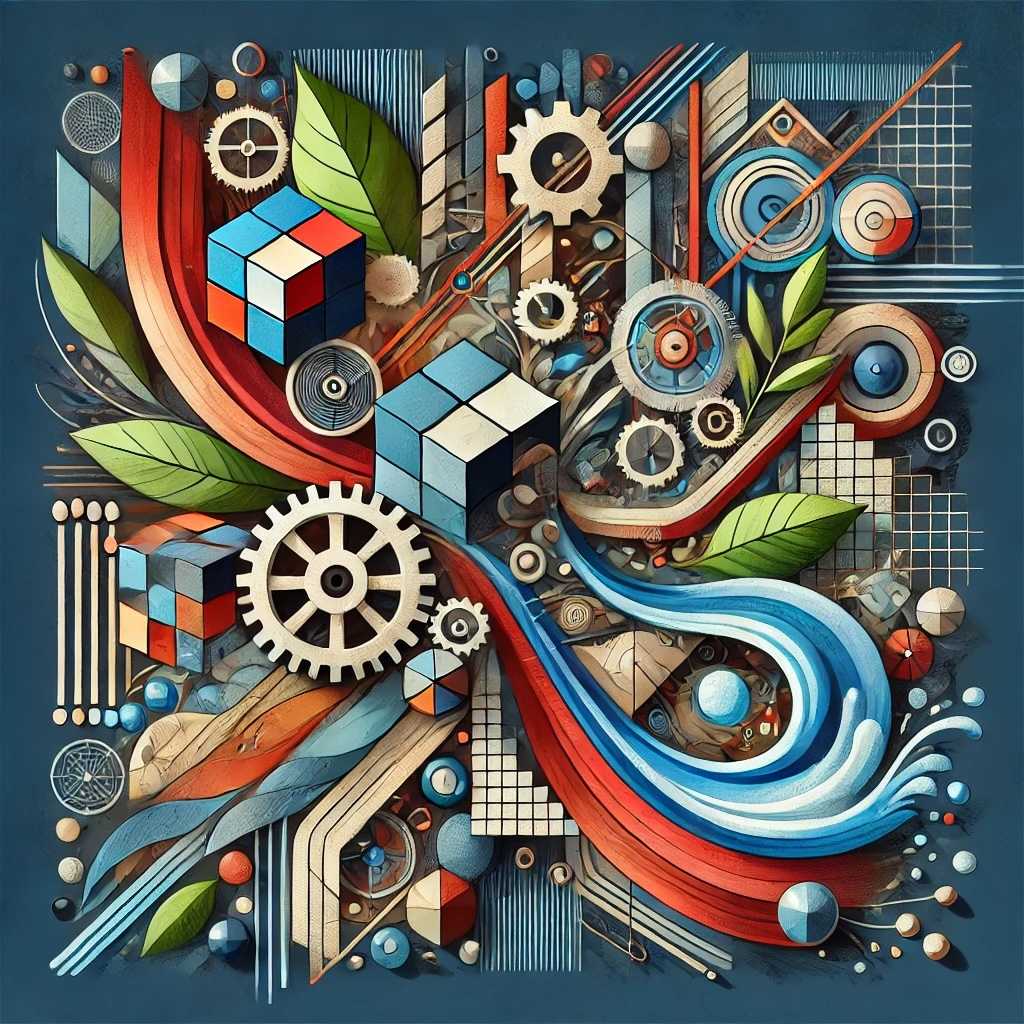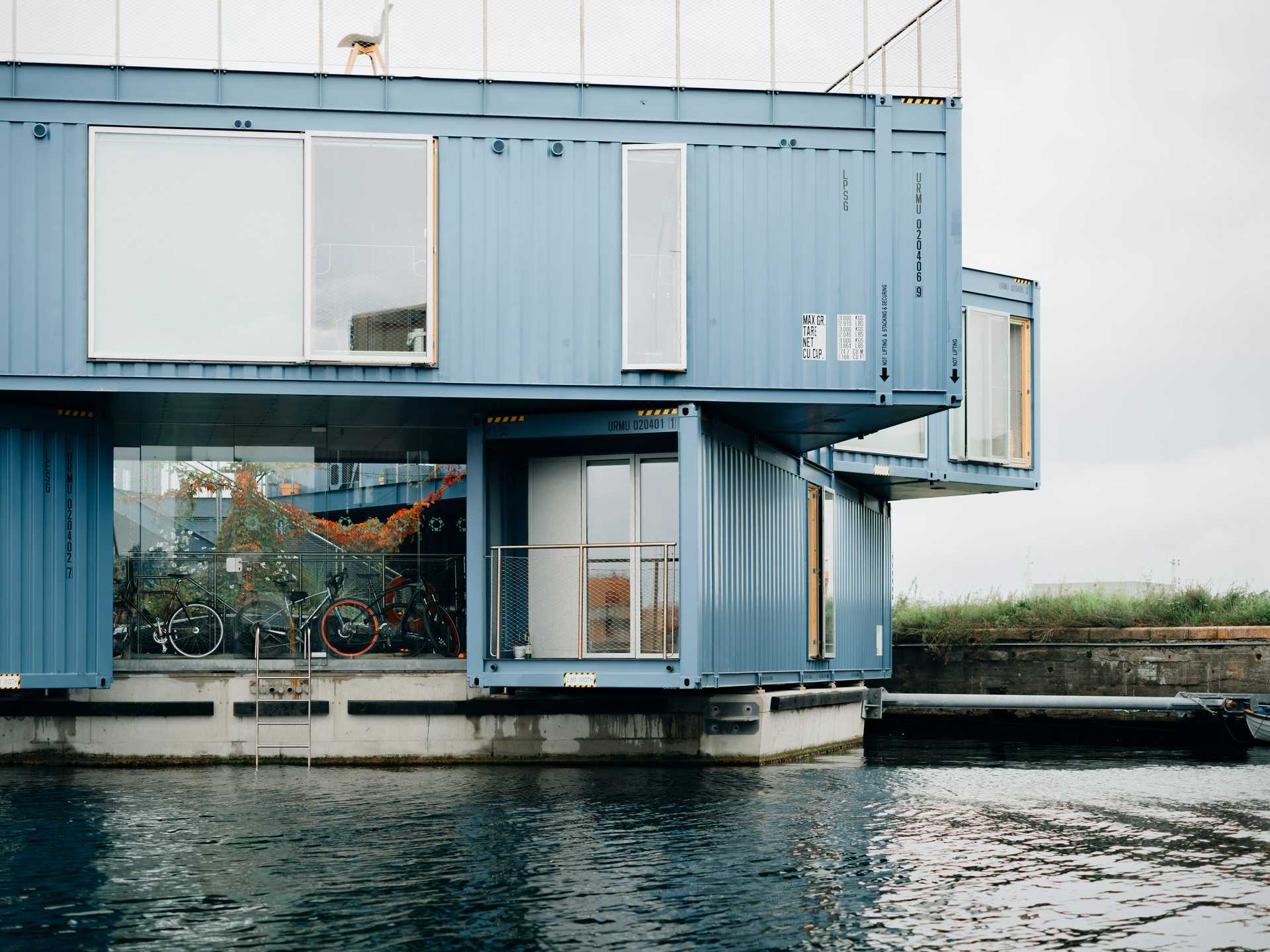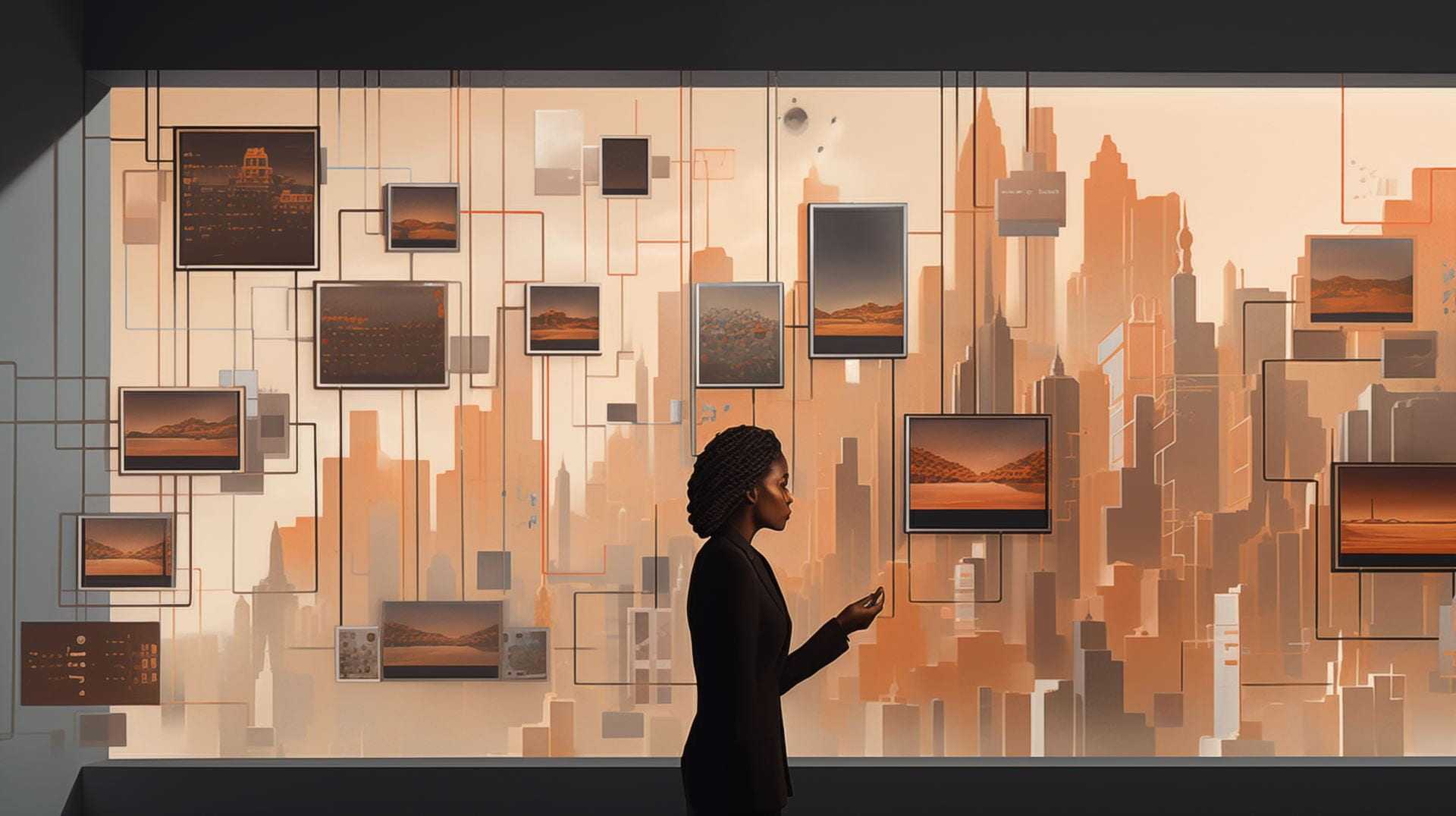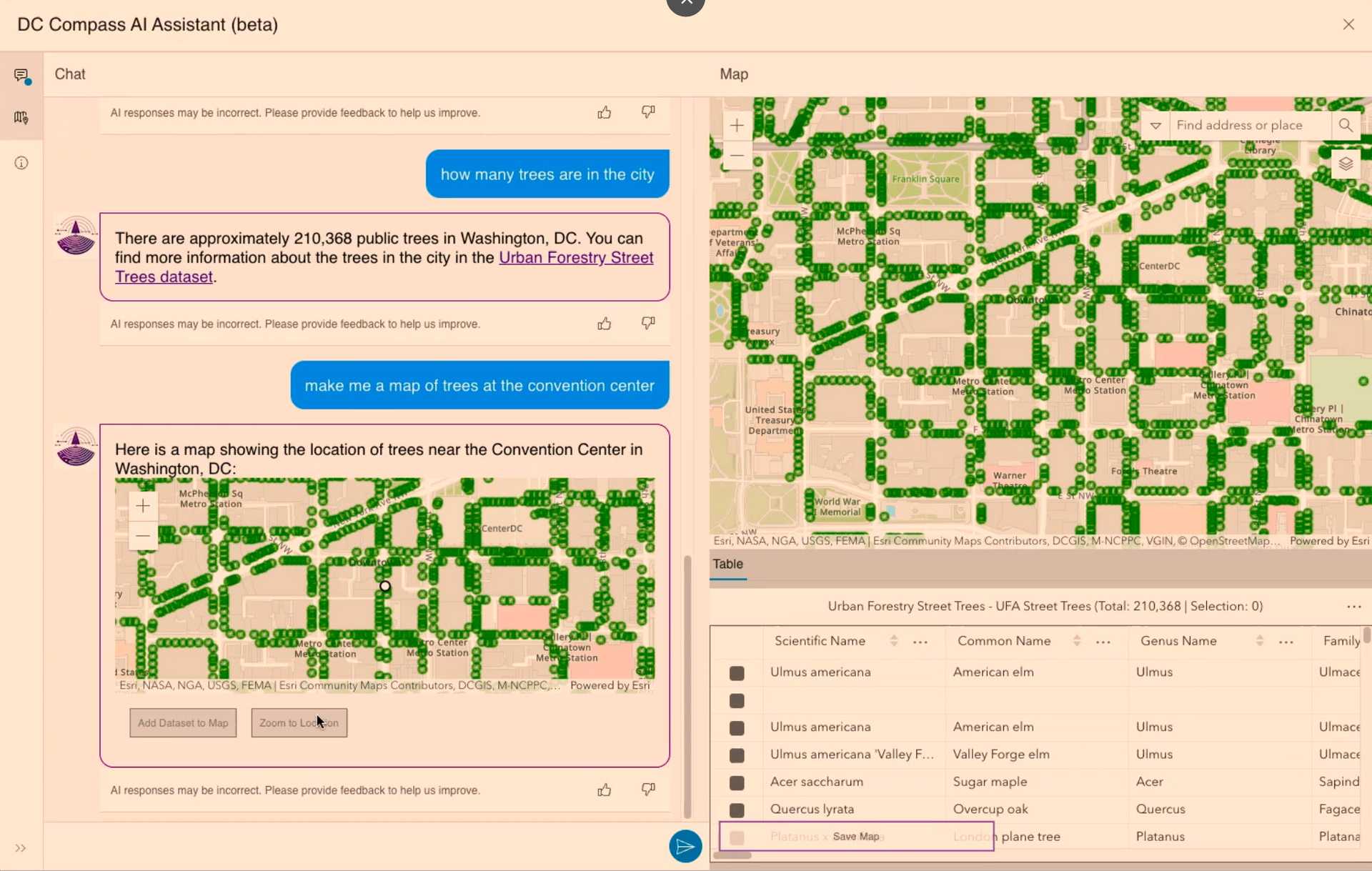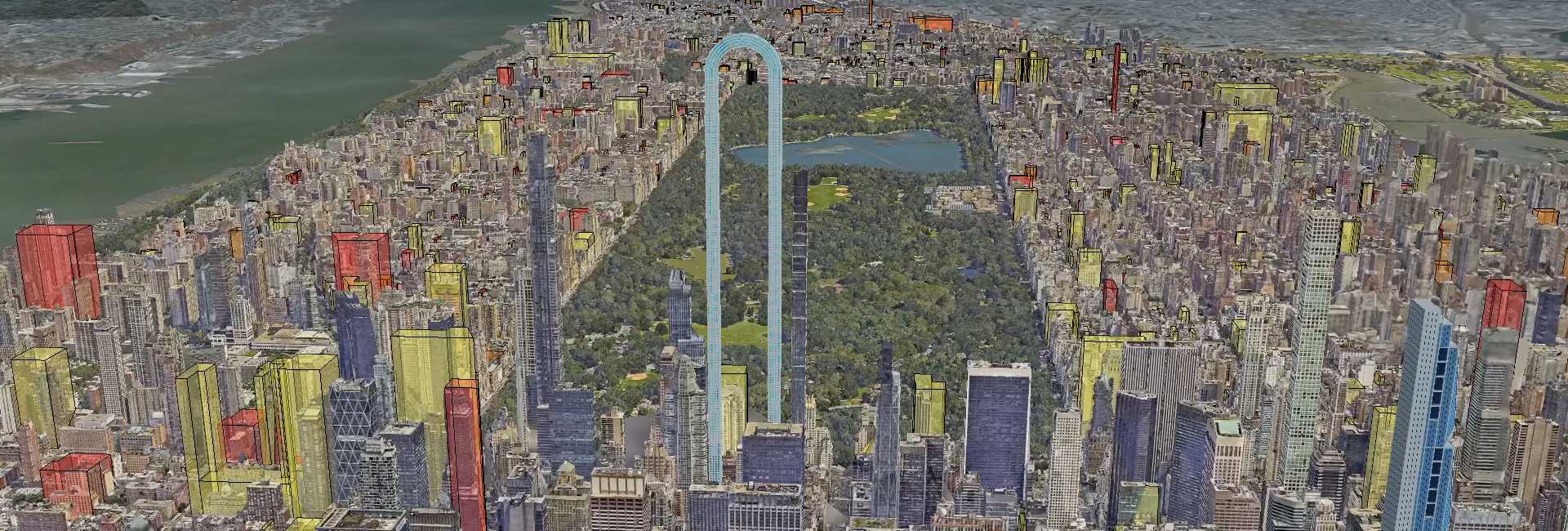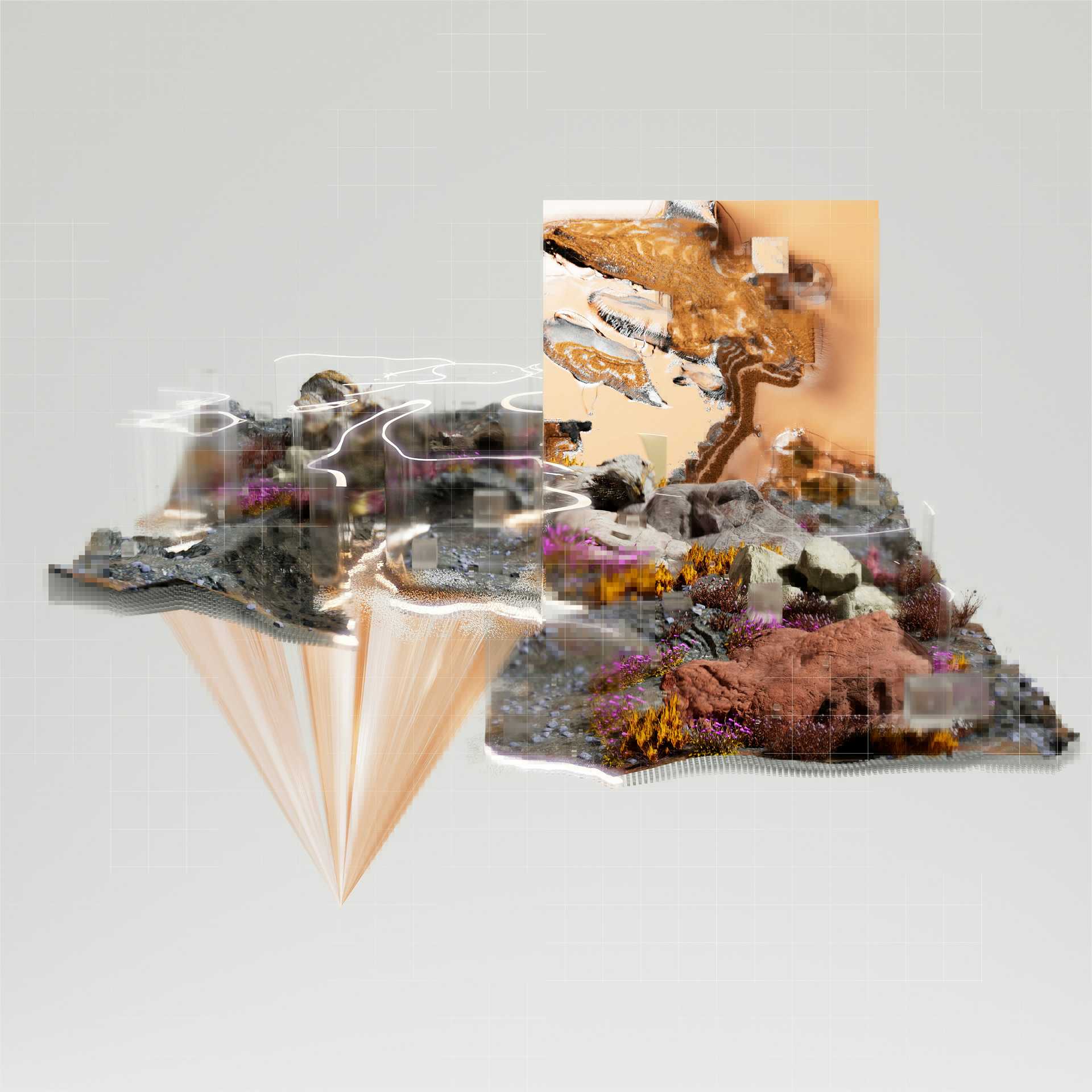
Augmented design
From static to interactive media.
How likely? How soon? What impact?
Urban planning and architecture are undergoing a transformation driven by new AI technologies and applications. Virtual reality, augmented reality, and cheap 3-D surveying are replacing static representations of the built environment with dynamic, interactive media. Extremely high-resolution 3-D city models allow planners to visualize and simulate climate change impacts in unprecedented detail. In architecture, generative AI is streamlining design processes, enabling rapid iterations and novel concepts. VR simulations offer immersive experiences of future urban environments before construction begins.
This augmented approach to design empowers stakeholders to interact with and modify urban plans in real-time, fostering more collaborative and adaptive development processes. It enables more accurate assessment of environmental impacts, infrastructure needs, and livability factors. However, this shift also raises new challenges about privacy, security, and data governance and the need for model evaluation to check the potential for AI biases to negatively influence key design decisions.
Personalized Insights
How might this trend shape your future? Generate a set of personalized insights to explore challenges, opportunities, and potential innovations. Simply select a sector, occupation, and target year — then press the button and let our AI do the work.
Generator Settings
Signals
Signals are evidence of possible futures found in the world today—technologies, products, services, and behaviors that we expect are already here but could become more widespread tomorrow.
